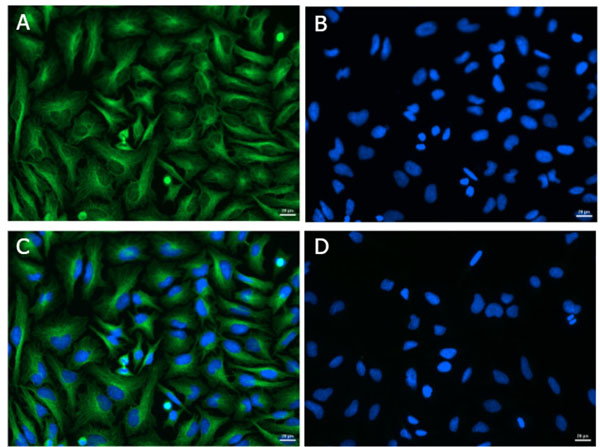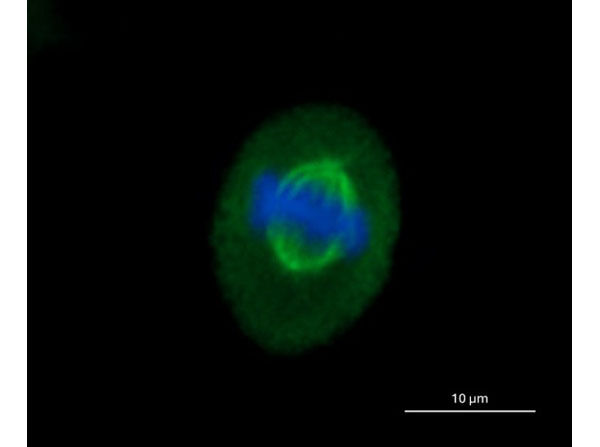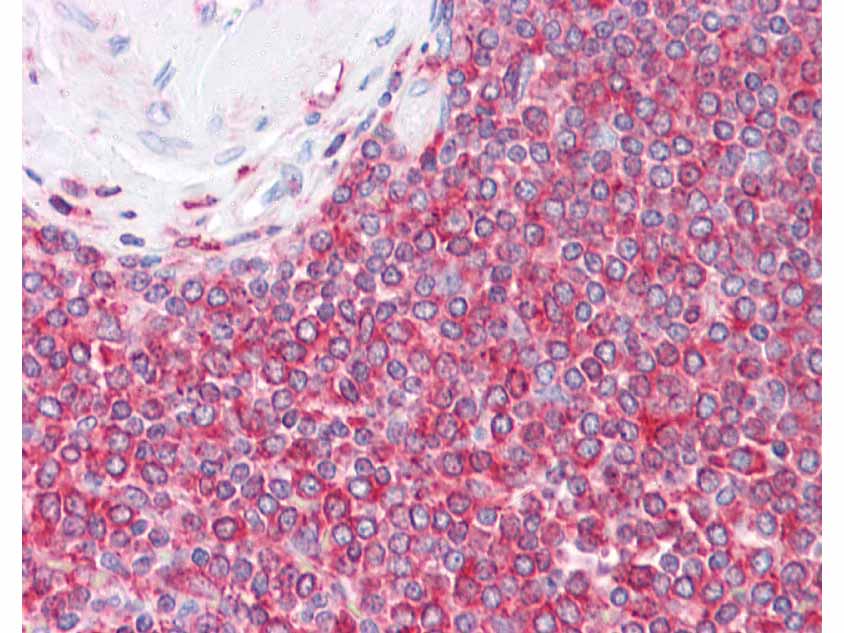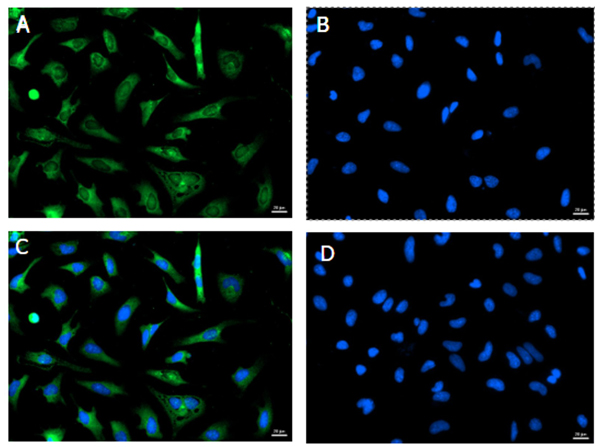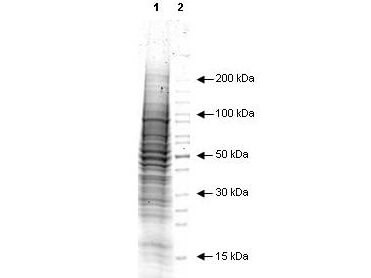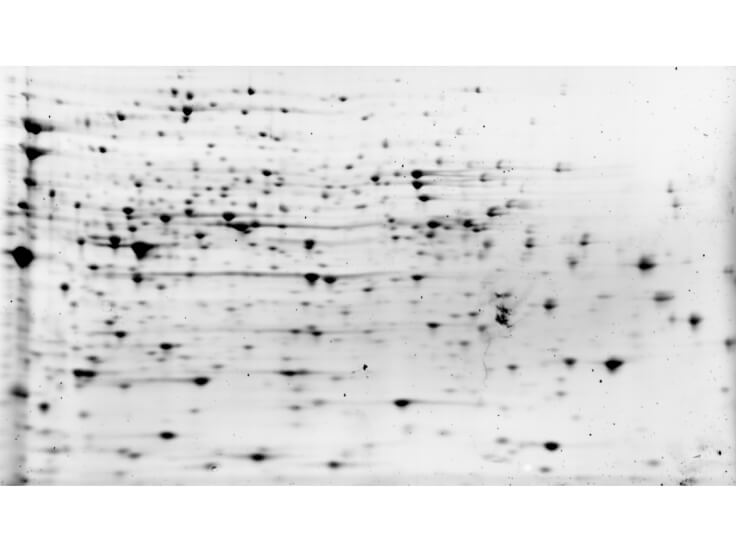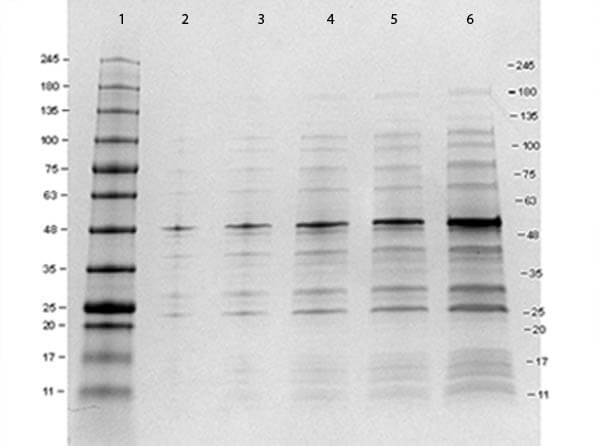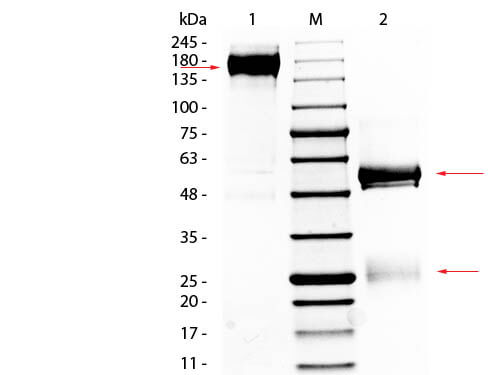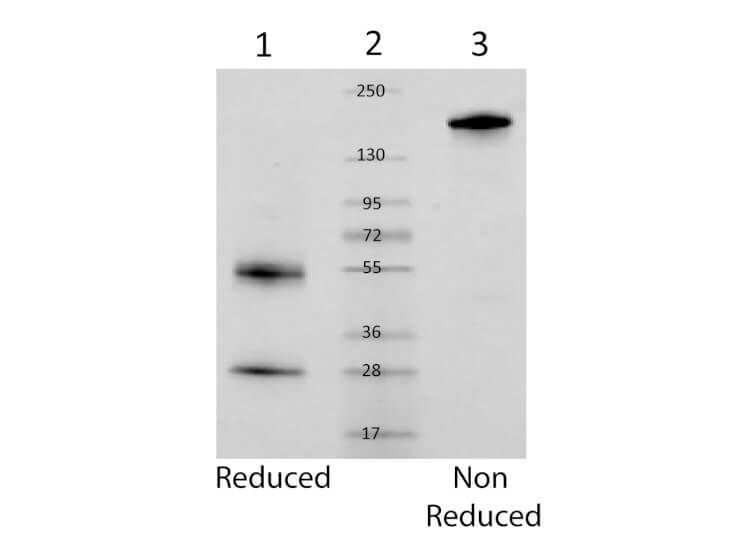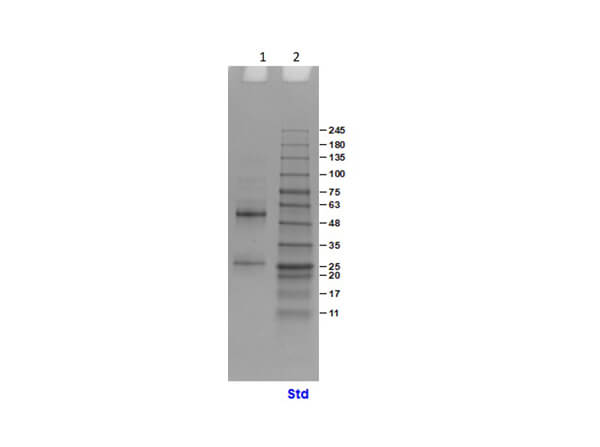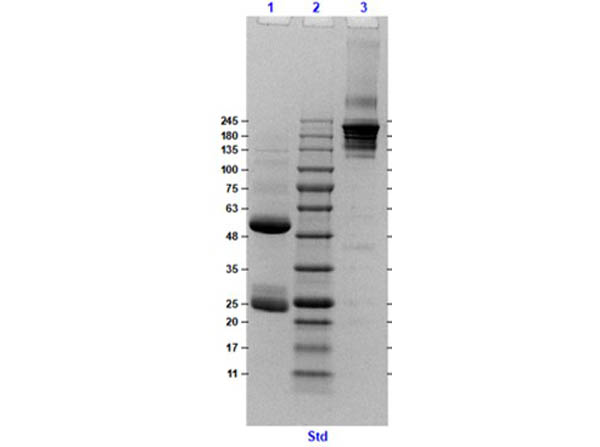To ensure the accuracy and reliability of experimental results, it is crucial to include both positive and negative controls in the experimental design. These controls help to validate the experiment by demonstrating that the setup works as intended and that the results are due to the experimental conditions rather than other variables.
What is a Positive Control?
A positive control is a sample that is treated in a way that is known to produce a positive result. This control confirms that the experiment is capable of producing results under the experimental conditions. By including a positive control, scientists can verify that the experimental procedure is functioning as expected.
For example, in a Western blot experiment designed to detect a specific protein, a cell lysate known to express the protein of interest would be used as a positive control. The presence of a band corresponding to the protein on the blot demonstrates that the Western blot procedure is working correctly, the antibodies are binding as expected, and the detection reagents are functional.
What is a Negative Control?
A negative control, on the other hand, is a sample that is treated the same as all other experimental samples but is not expected to produce a change. This control helps to demonstrate that any changes observed in the experiment are indeed due to the experimental variable and not because of other factors.
In the context of the Western blot example, a negative control might be a cell lysate that does not express the protein of interest. If no band appears for this sample, it confirms that the detected bands in the experimental samples are specific to the protein of interest and not due to nonspecific binding or other experimental artifacts.
Loading Control Antibodies
Loading control antibodies primarily recognize housekeeping proteins in cells used in scientific experiments, enabling the verification of equal protein loading between samples in Western blot assays. Ideal loading controls are expressed constitutively and at high levels, exhibiting low variability across different cell lines and experimental conditions. This consistency ensures that any observed differences in target protein levels are due to true biological variations rather than discrepancies in sample loading or transfer efficiency.
In Western blot assays, it is essential that the loading control protein has a different molecular weight than the protein of interest. This distinction allows both proteins to be visually distinguishable on the blot, preventing overlapping signals. By normalizing the expression of the target protein to that of the loading control, researchers can accurately compare protein levels between samples and draw reliable conclusions from their experiments.

Figure 1. Western blot of pERK1/2, ERK1/2. α-tubulin is used as a control to illustrate uniform protein loading.
Figure 2. Subcellular localization of common loading control proteins.
Beyond their role in verifying equal protein loading, loading control proteins differ in their cellular localization, providing additional insights into cell compartmentalization. For example, β-actin and tubulin are cytoskeletal proteins found predominantly in the cytoplasm, playing crucial roles in cell structure and motility. By selecting loading controls specific to certain cellular compartments, researchers can assess the purity of subcellular fractions and study the localization of target proteins within different areas of the cell.
Featured Loading Control Antibodies
Control Cell Lysates and Nuclear Extracts
Rockland offers control cell lysates and nuclear extracts for use on SDS-PAGE as standalone samples or in combination with antibodies in Western blotting experiments. Our ready-to-use whole-cell lysates and nuclear extracts are derived from cell lines or tissues using highly advanced extraction protocols to ensure high quality, protein integrity, and lot-to-lot reproducibility.
Lysates are generated from either whole cells, which contain cell membrane, cytoplasmic, and nuclear proteins, or nuclear extracts, which are predominantly proteins that originate in the nucleus. Control lysates may be from cells that are stimulated with insulin, doxorubicin, etoposide, nocodazole, TNFa, or EGF. Lysates are also available from normal animal tissue derived from primary organs such as liver, heart, and brain. Additionally, Rockland offers a variety of lysates that contain overexpressed proteins (tagged and untagged) that can serve as positive controls for antibody reactivity. All extracts are tested by SDS-PAGE using 4–20% gradient gels and immunoblot analysis using antibodies to key cell signaling components to confirm the presence of both high molecular weight and low molecular weight proteins.
Featured Control Cell Lysates
Purified Proteins as Positive Controls
Purified proteins or peptides are ideal positive controls in flow cytometry, Western blot, and ELISA experiments. In Western blot assays, purified proteins can be used as positive controls to verify antibody specificity and confirm that the detection system is functioning properly. In ELISA experiments, they can serve as standard curves or titration agents to quantify the concentration of target proteins in samples.
Rockland produces purified immunoglobulin proteins from a variety of species, often available by immunoglobulin class or as fragments of immunoglobulins. These purified antibodies can help validate assay performance across different platforms. Peptides can be utilized in competition assays to test antibody specificity or incorporated into peptide arrays for high-throughput screening applications.
Featured Control Proteins
Low Endotoxin Controls
Low endotoxin control proteins are IgG preparations of control serum purified by protein A chromatography using a low endotoxin methodology. These controls are ideal in biological assays like neutralization experiments, ELISA, flow cytometry, and other assays. For neutralization assays, where antibodies to cytokines, interleukins, infectious disease, and growth factors may be used to block bioactivity, our low endotoxin IgG serve as ideal control proteins. Rockland offers purified, low-endotoxin mouse and rabbit IgG.
Low Endotoxin Controls:
| Neutralization Assay, Flow Cytometry (FC), ELISA | Low Endotoxin Control Mouse IgG |
| Neutralization Assay, Flow Cytometry (FC), ELISA | Low Endotoxin Control Rabbit IgG |
